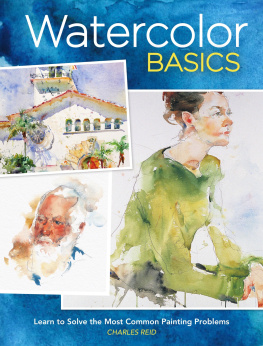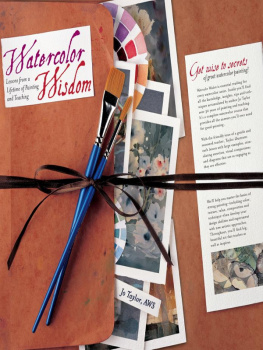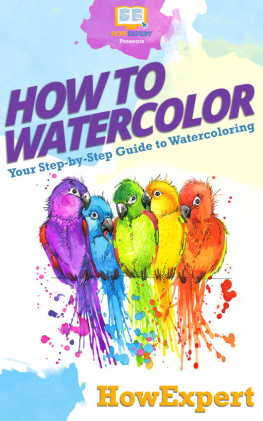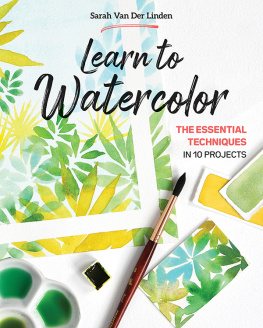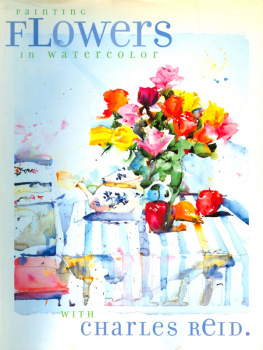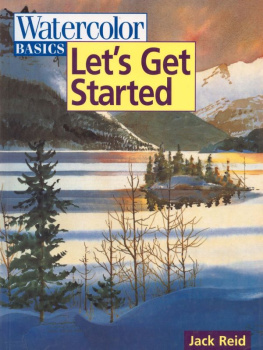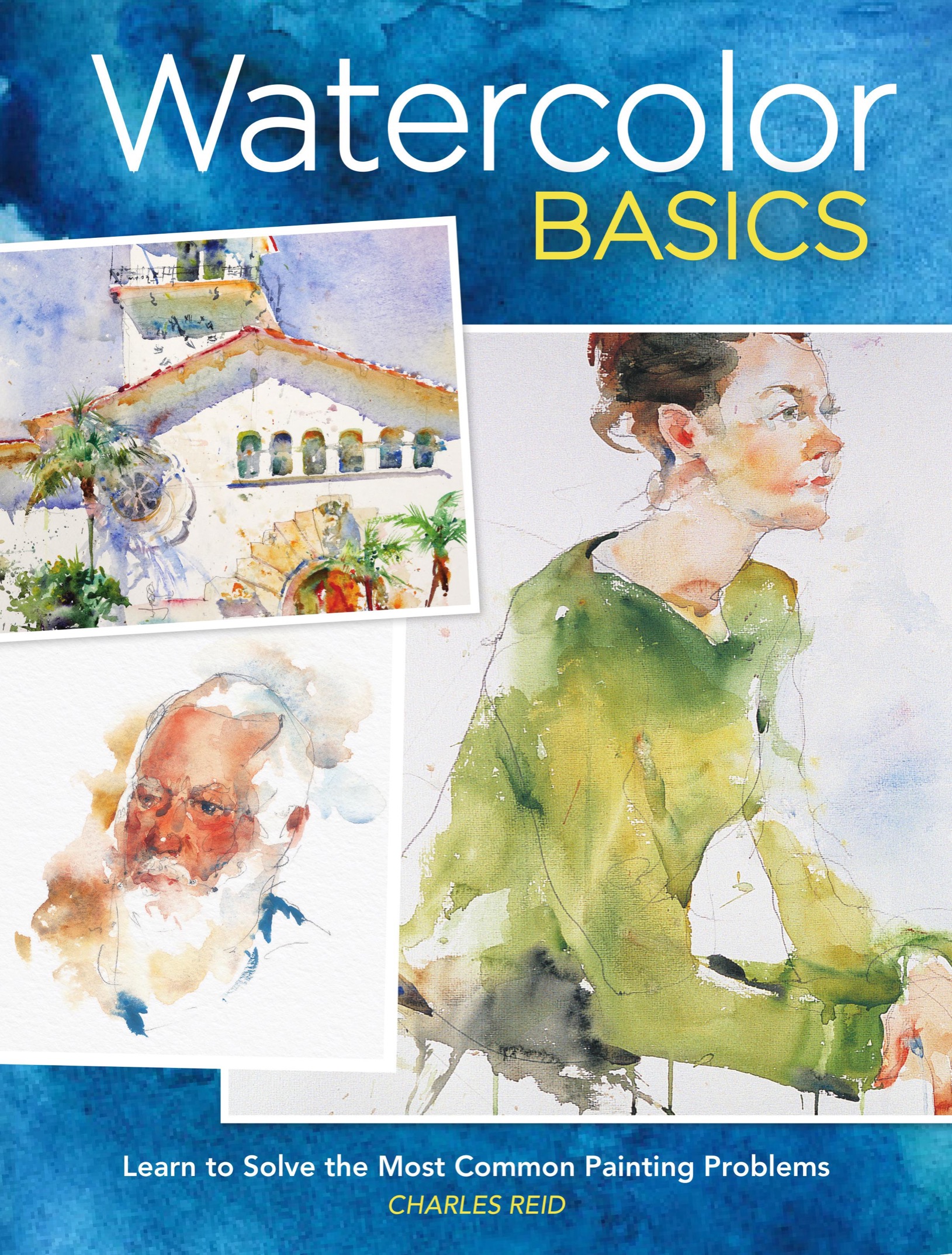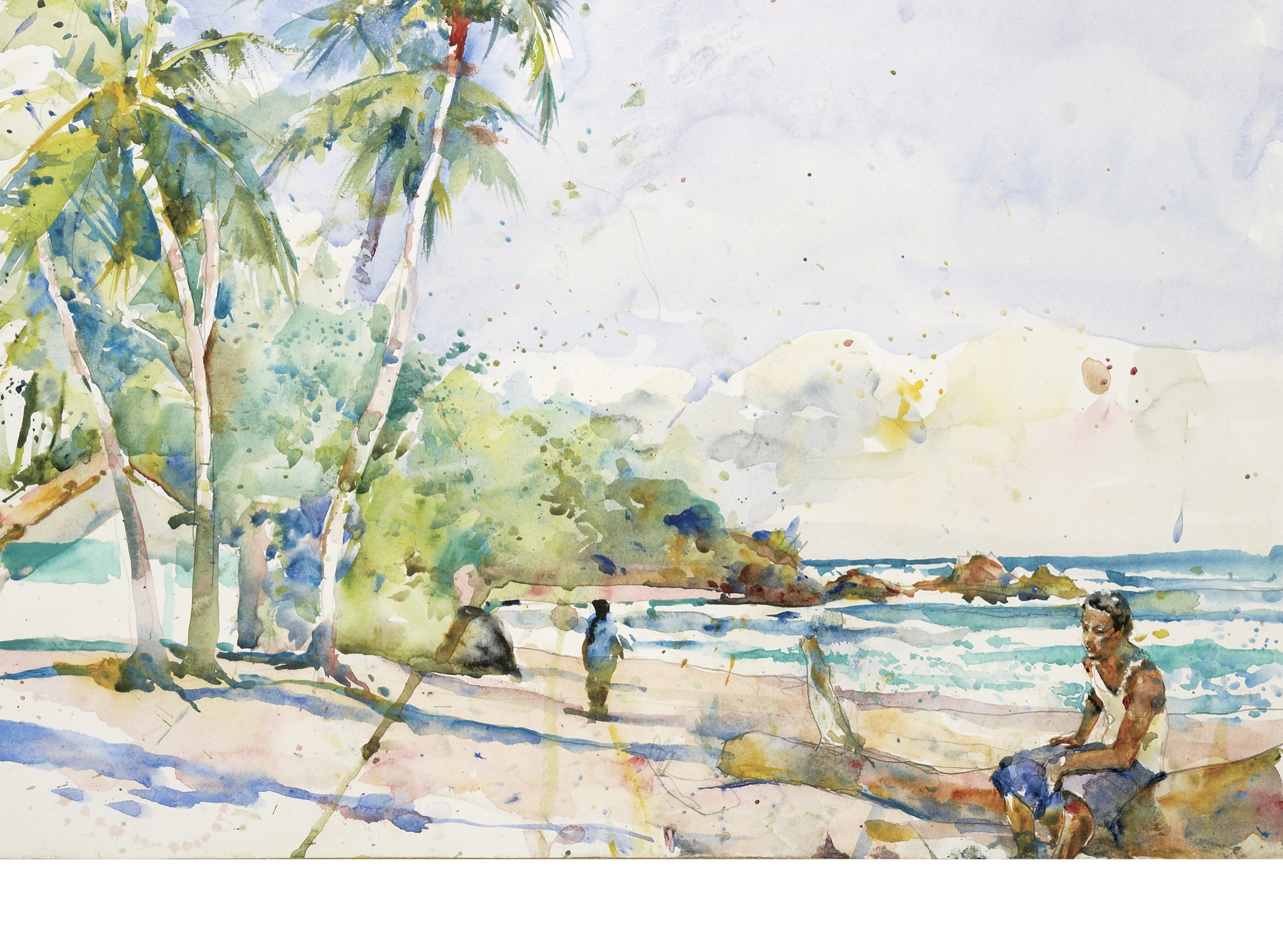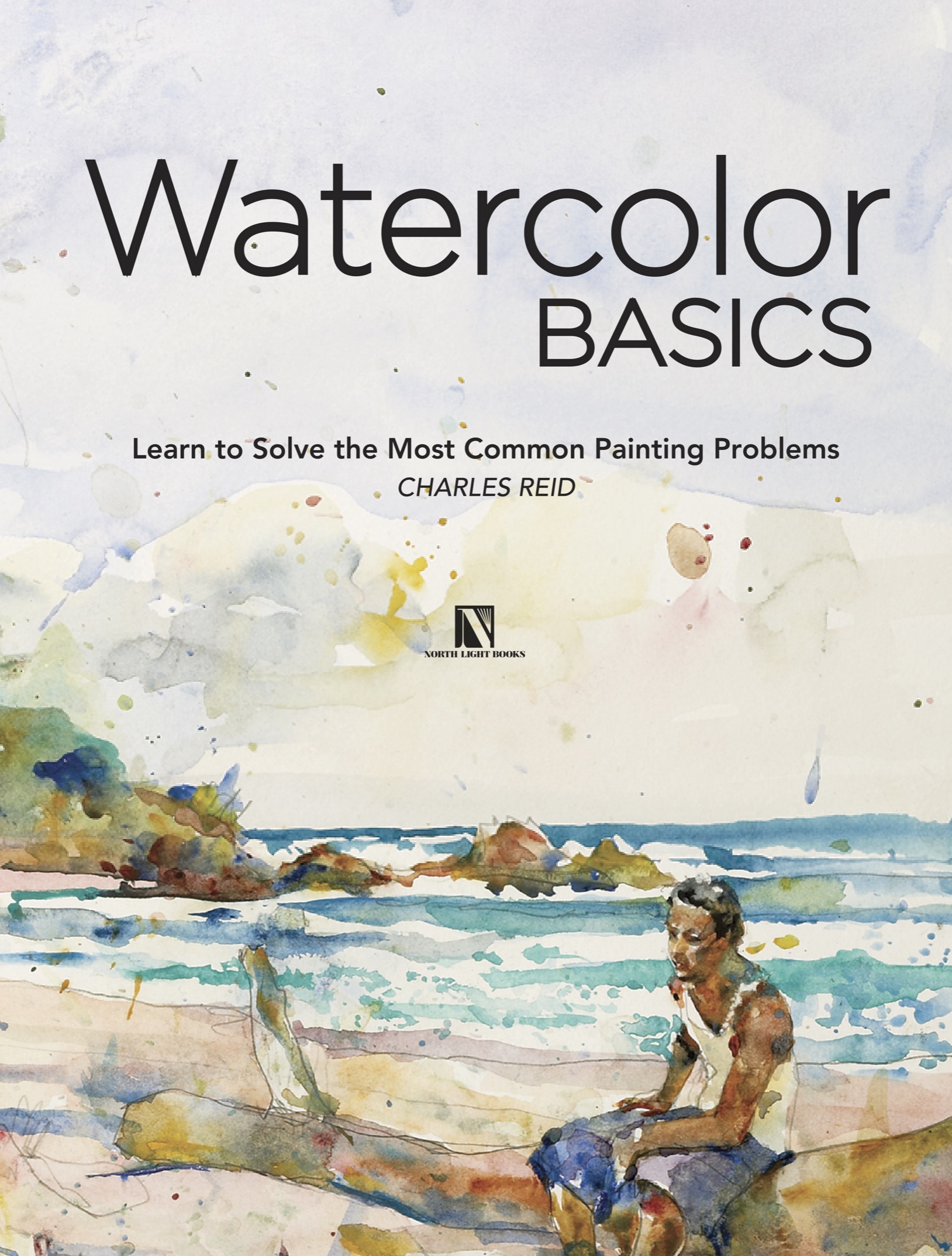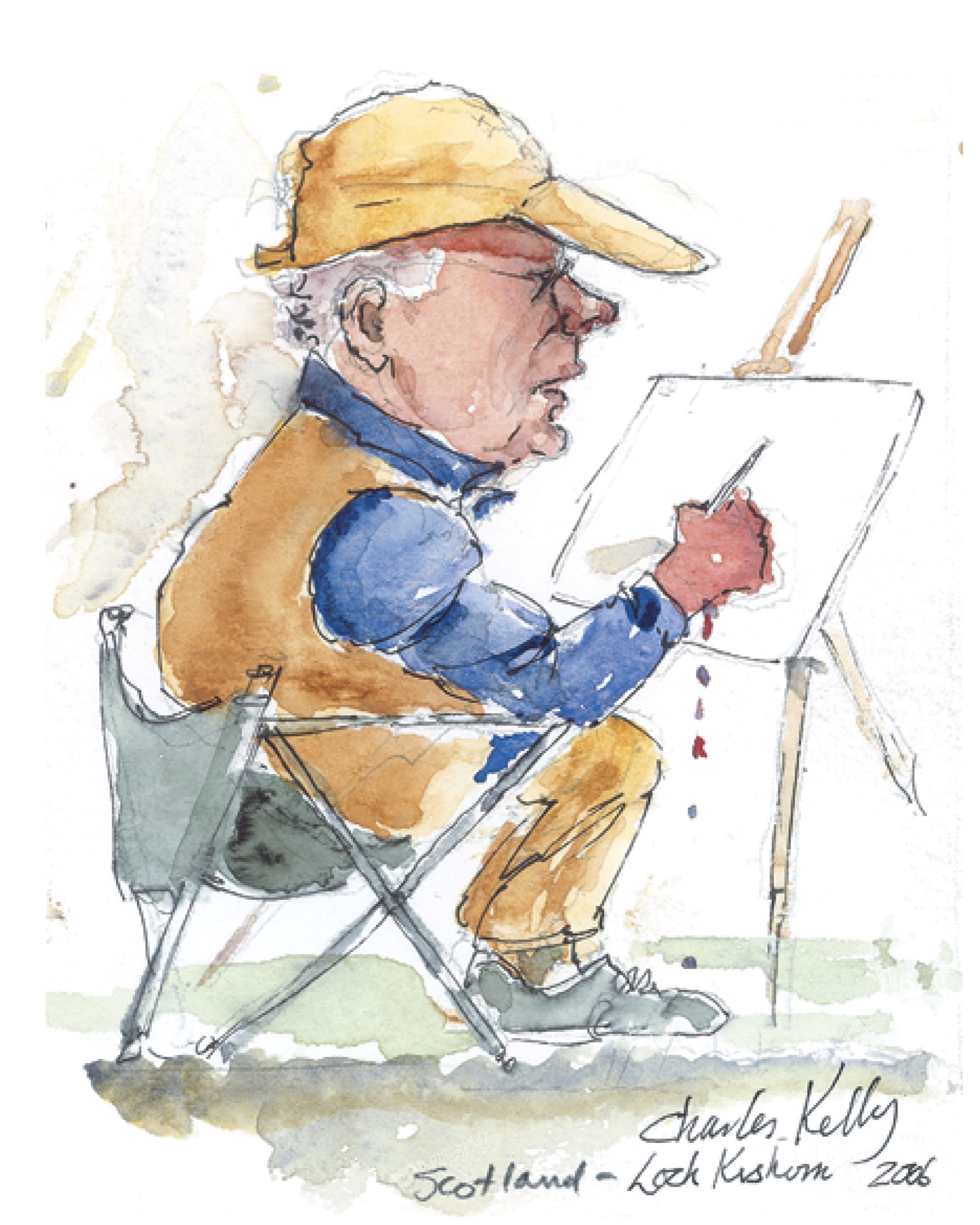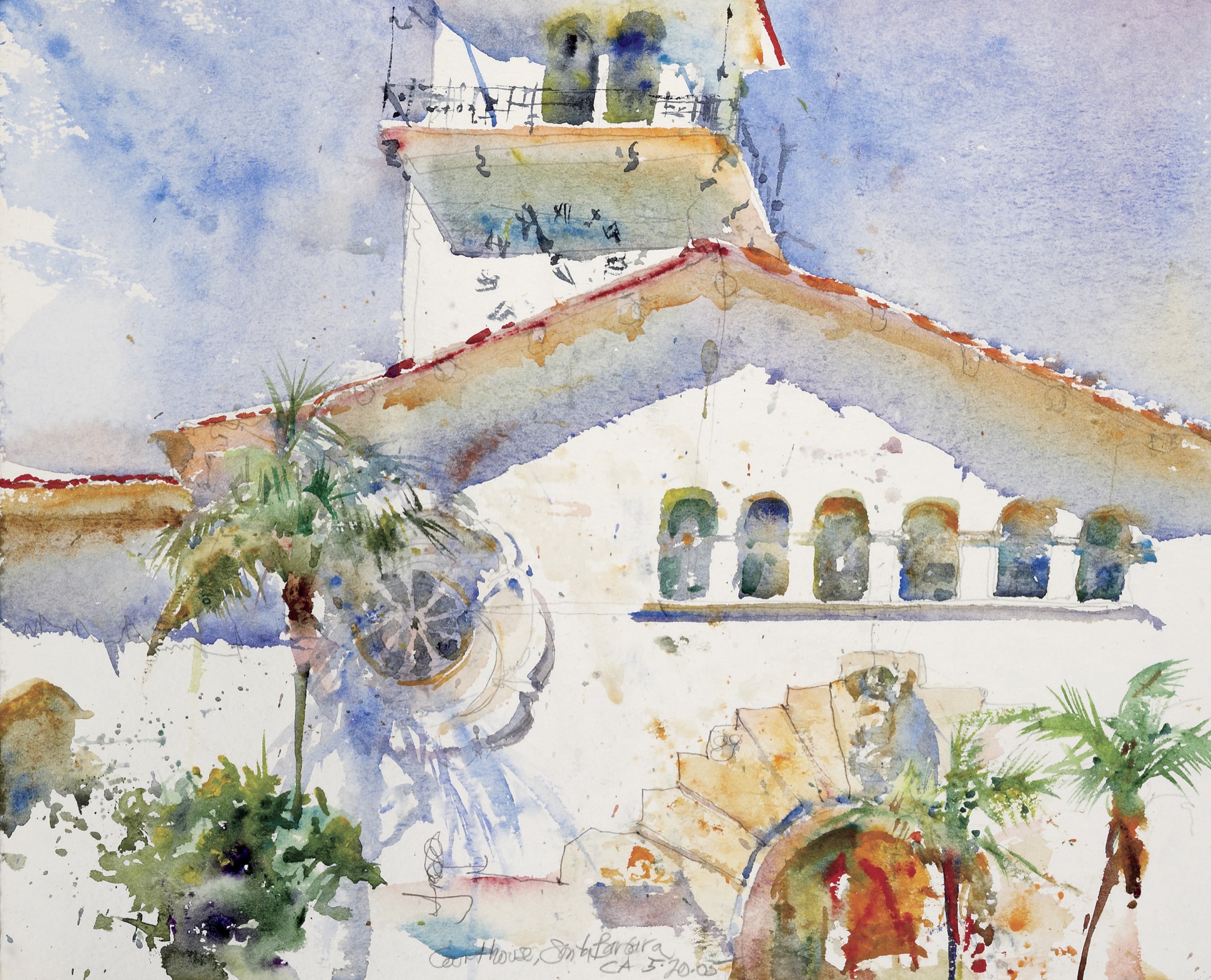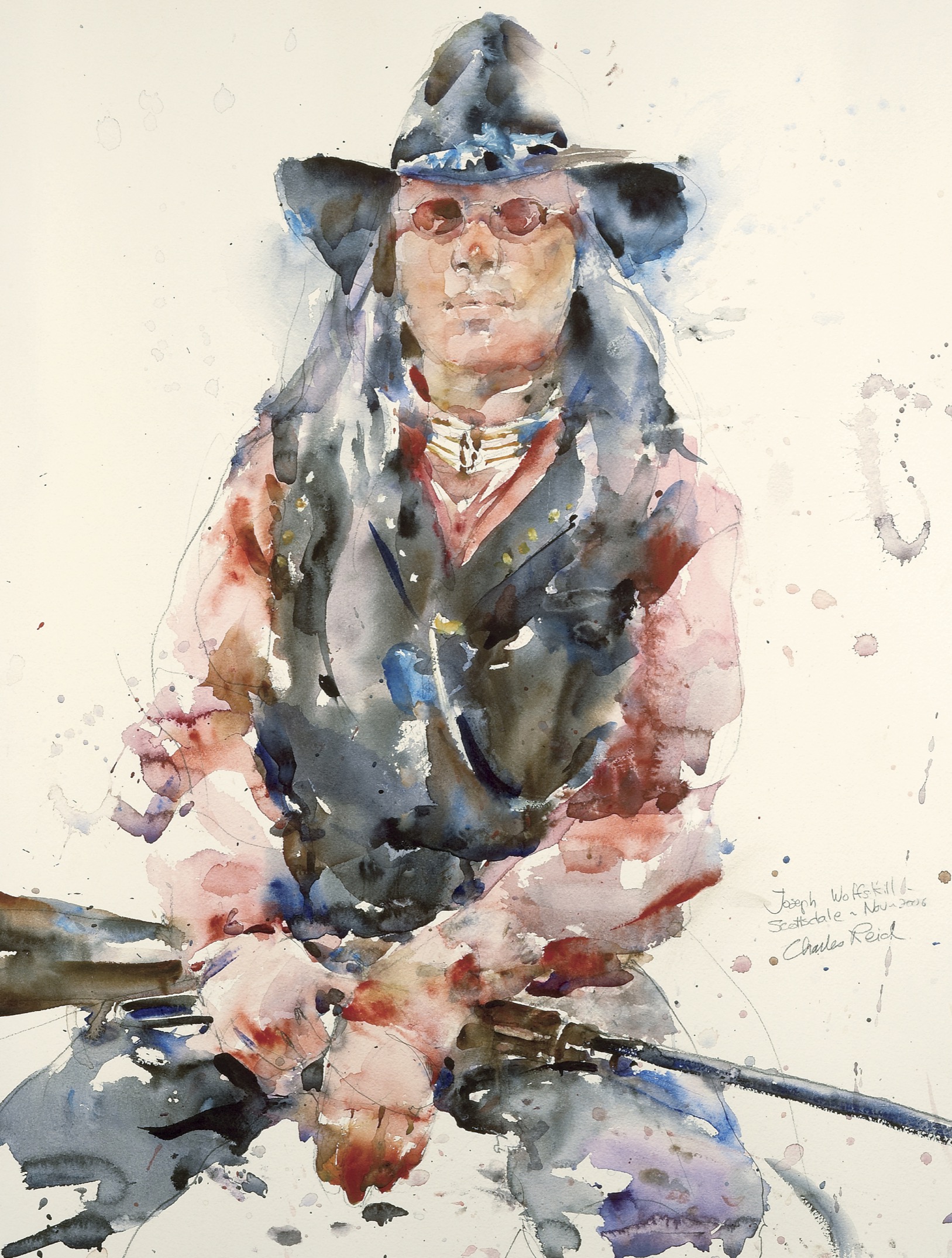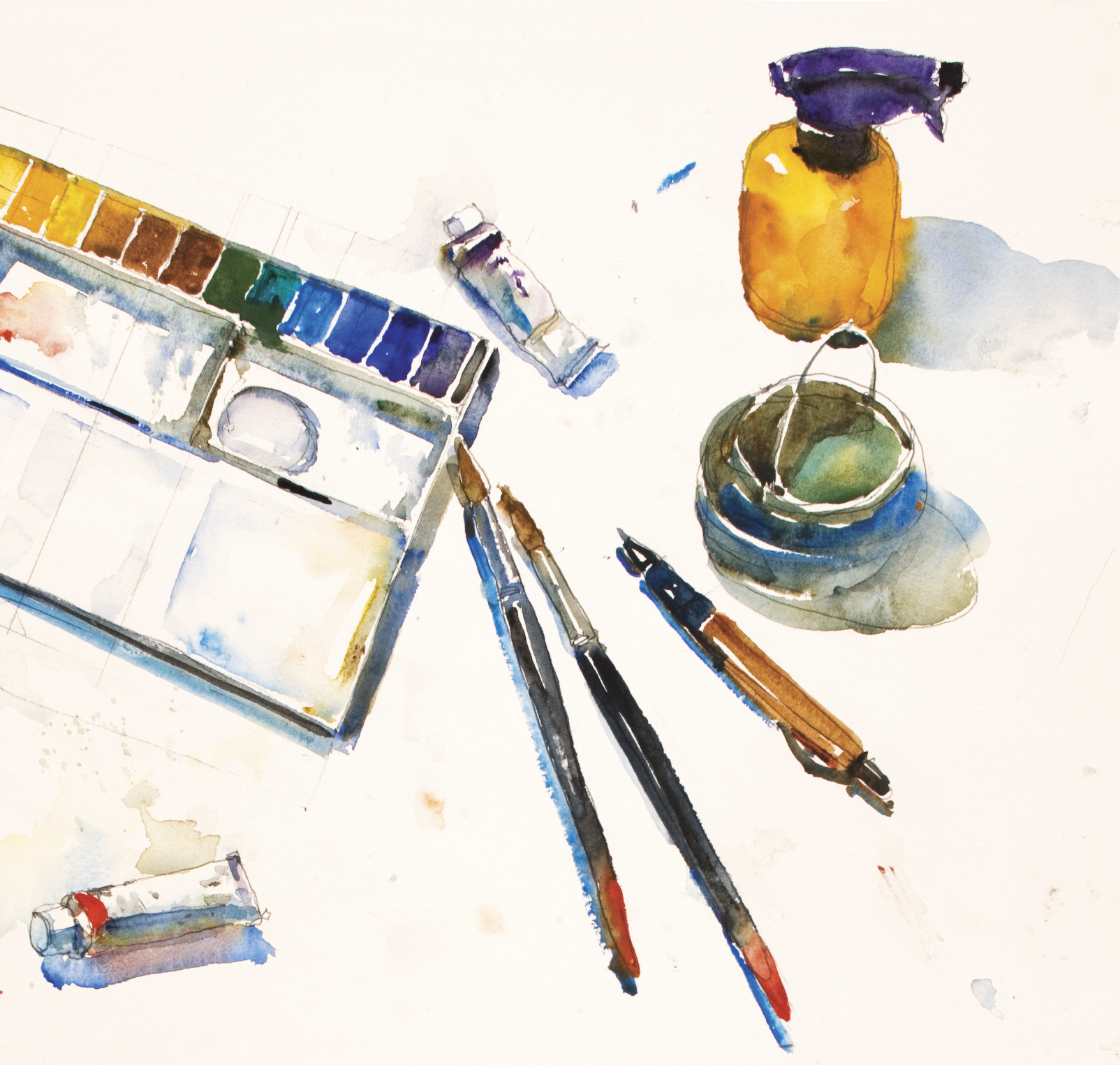Lose yourself, your memory and your wish to be correct. Learn to paint people objectively, using value to communicate their features and skin tones.
Learn to interpret light and shadow, to build contrast, and to simplify and connect shapes of value to paint engaging scenes.
Introduction
Hopefully youll find some tips in this book that will help with your watercolor painting problems. My advice: Practice contour drawing, stop sketching and always have wet paint in your supply.
Try to enjoy the small victories. Stop painting when you no longer have ideas. Remember, all watercolors painted on the spot will have flaws. Enjoy painting and dont dwell on the result.
Ive taught many classes and Ive tried to remember and deal with the most common problems discussed in critiques over the years. I most likely missed some important problems and I apologize. But let me start you off with some basic rules to live by:
LEARN TO DRAW
Study my exercises, especially my contour drawing of the Talbot motorcar on . Dont just look at the pictures. Drawing is the key to figure work, but its just as important in still-life and landscape painting.
LEARN TO SEE VALUES
Dont confuse values with color or color intensity. Before using color, paint the examples in monochrome with Paynes Gray using the value scale on . Find old photographs with apparent light-and-dark differences. Avoid photos that have confusing half-tones (middle values between light and shadow).
DONT COPY WHAT YOU SEE
Digest what you see into your own vision. Dont just see and paint. Remember The Magic Squint: If its hard to see a boundary when you squint, then its a lost edge. (Thanks to Richard Schmid for this term.)
Always evaluate a painting decision with an adjacent element. Never draw or paint anything isolated.
Joseph Wolfskill 2Scottsdale
Brushes, Paper and Other Stuff
BRUSHES
Brushes are your most important consideration. You can use cheap paper, plastic palettes and student-grade paints, but you must have good brushes. There are four choices when choosing a brush: natural sable hair, natural hair from other animals, a combination of sable hair and synthetic fibers, and completely synthetic fibers. These brushes come in two shapes: round and flat. I use only round natural sable brushes (often labeled kolinski, after the little animal whose tail is used to make sable brushes). Although Im not qualified to comment on the other brushes mentioned above (Ive never used any of them), I will make some observations. Synthetic brushes are inexpensive, but they dont seem to hold much water and paint. Squirrel quills hold lots of paint and water, but theyre rather lank and lack spring, and theyre almost as expensive as sables. If you cant manage a natural sable, a round brush with a mix of natural and synthetic fibers would probably be your best bet.
There are many fine natural sable brushes available. You can purchase them from any artists catalog. Sable brushes can seem very expensive when compared to synthetic brushes, but Ive found that a good sable brush will last and give you more painting pleasure than synthetic brushes. My favorite is the Da Vinci Maestro. It has a very full body and points beautifully.
A no. 8 would be a good size to start with. This is the size I use the most. Once youve made the plunge and decide to purchase another brush, Id backtrack and buy a no. 6. If youre delighted with your sable brushes, you should add a no. 10 to your next Christmas or birthday wish list. I use a no. 12, but you really dont need a sable larger than a no. 10. If you are painting a large area and need a big brush, use a squirrel quill or sable/synthetic brush.

